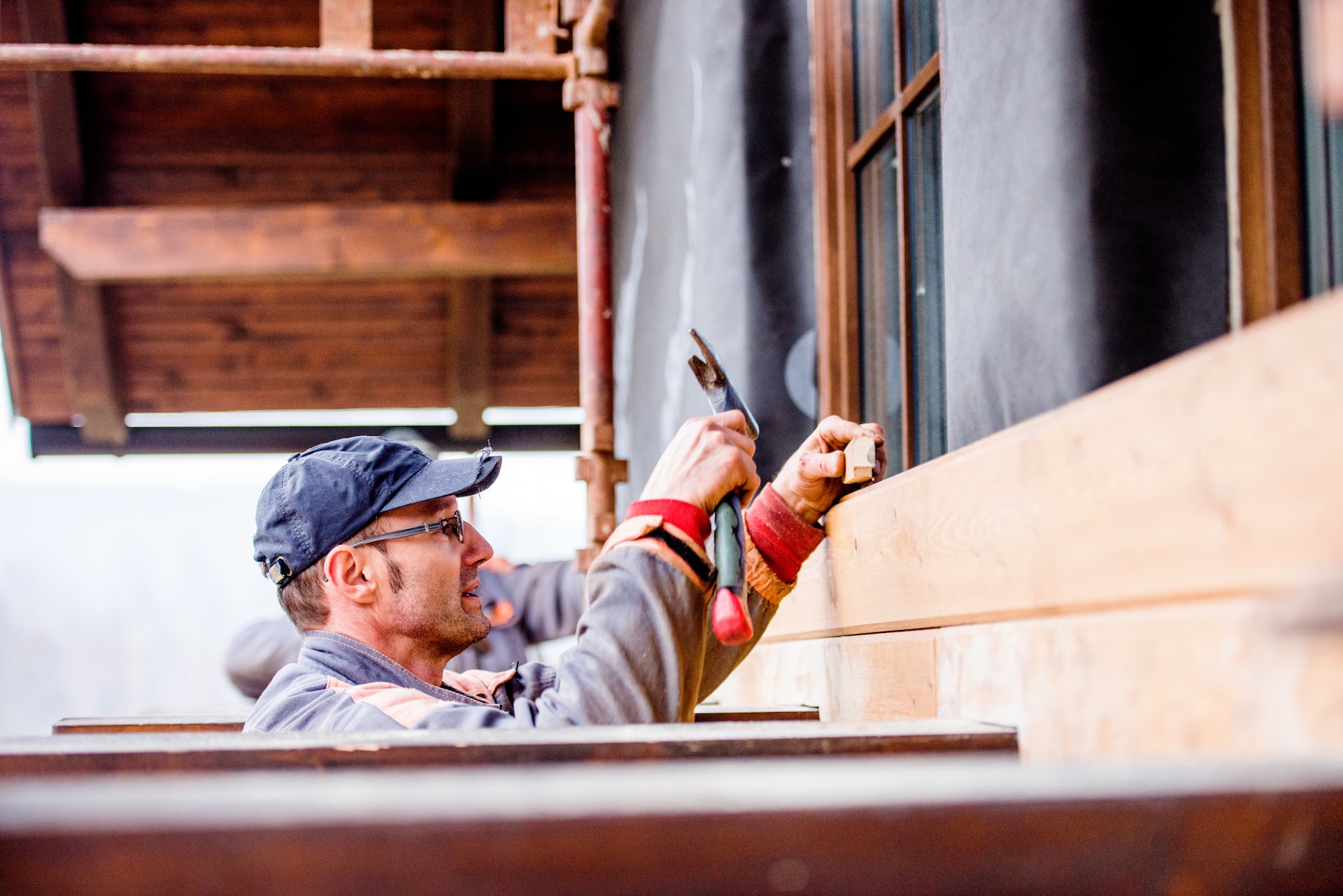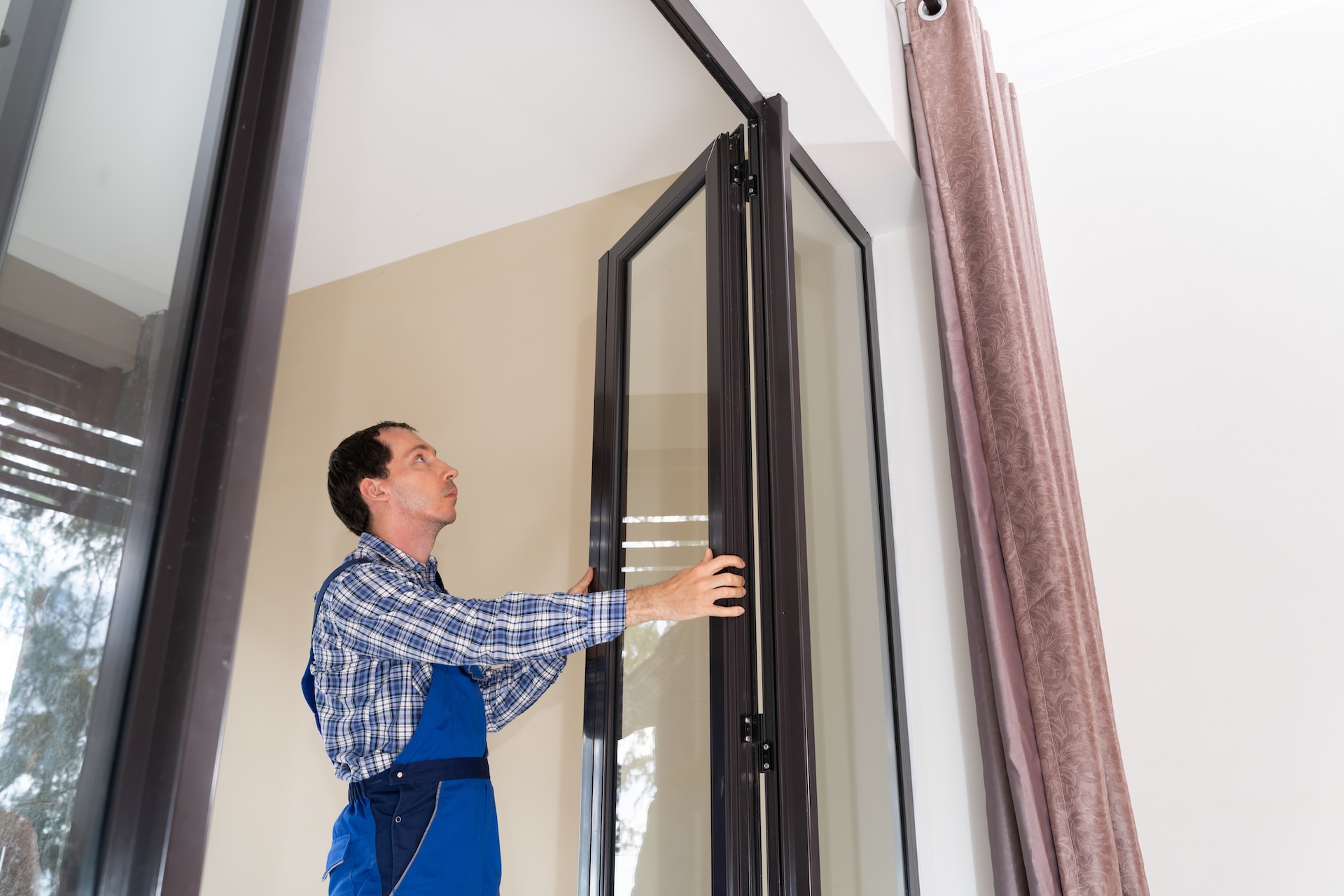It’s very frustrating when a person doesn’t feel well and their medical team cannot figure out why. Indoor air quality might be the culprit. Some people feel okay but want to live a healthier life and worry that the air in their home or office is interfering with this goal.
Indoor air quality needs to concern every American today, as the EPA reports indoor air is dirtier than the air people breathe when outside. The easiest way to determine the quality of indoor air is to conduct testing.

Why is this testing important? What information can the tests provide? What steps can a person take if they find problems with their indoor air? The following guide answers these questions and more.
How Long Does it Take to Test the Quality of Indoor Air?
People lead busy lives. As a result, they may put off having their indoor air tested. However, this shouldn’t hold anyone back, as the test typically only takes an hour or two to complete.
What Does This Test Involve?
When Clean Air Carolinas Inc. visits your property, we begin by doing a visual assessment of the building. We look for any signs there could be a problem with the air quality, such as mold present on the walls or ceilings. In addition, we will take humidity readings and collect air samples to look for volatile organic compounds (VOCs) and molds.
What Contaminants Will the Test Find?
At Clean Air Carolinas, we will share specifically which substances your home or business will be tested for. Most air quality issues result from VOCs or mold in the air. However, we may also test for asbestos and radon.
What is the Source of These Contaminants?
Contaminants come from many sources in a building. Construction materials serve as one cause of poor indoor air quality, with off-gassing from adhesives being another. Poor ventilation may lead to mold and mildew issues.
When the air in a building is clean, the occupants worry less about allergens, carcinogens, and other harmful particulates. The test can lay these concerns to rest or alert the owner to problems that need to be addressed.
A person might believe they remain safe because they aren’t experiencing any issues. However, certain threats come with no warning. Carbon monoxide and radon are excellent examples of silent threats. They are tasteless, odorless, and colorless. A person rarely knows they are present until they experience health issues related to exposure to these substances.
What Signs of Poor Indoor Air Quality Should a Person Look For?
The problem with identifying signs of poor indoor air quality is these signs vary by the pollutants present in the air. Nevertheless, certain things suggest it is time to have the air in a building tested.
When a building has poor ventilation, the occupants will notice the air smells musty. They may see mold on the walls or notice condensation on windows and walls. If a property owner sees any of these problems, it is time to have the air quality tested.
Unusual odors in the building suggest a problem with the air quality. Often, a person doesn’t notice these odors until they have been away from the building for a period. When they return to the building, the odors become apparent.
Any health problems that the medical team cannot find a physical cause for may be related to poor indoor air quality. People often notice their symptoms abate when they are away from the building with poor air quality and return when they enter that building again.
Every person who lives or works in an older building should test the building for air quality issues. Construction materials used in older buildings may emit harmful pollutants. Outdated construction methods make this problem worse.
However, new buildings may also have air quality issues. For this reason, it never hurts to have any building testing to ensure there aren’t problems in this area.
Resolving Indoor Air Quality Issues
Once it has been determined which contaminants are present in the air in a building, take steps to remove these contaminants. Many property owners turn to professionals for help with these tasks. Besides not having the skills and equipment needed to remove many of these contaminants, they don’t know how to remove them safely.
Professional indoor air quality specialists undergo training to do the job safely. What steps may they take to improve indoor air quality?
Mold Removal
Removing mold involves more than wiping down walls and ceilings where this substance is present. The specialist scrubs the area and treats it with a product to kill the mold and prevent its return. In addition, certain porous surfaces may need replacement, as mold gets down into the pores where removing it is difficult.
Certain buildings might require crawl space encapsulation to resolve indoor air quality issues. Taking this step will resolve any standing water under the building, eliminate pests that are attracted by this water, and help the owner save on energy bills. In addition, crawl space encapsulation improves airflow while reducing noise levels in the building.
Besides crawl space encapsulation, a building may benefit from waterproofing. The indoor air quality team will install a vapor barrier and dehumidifier to reduce moisture levels in the crawl space. They will also replace the insulation and install a sump pump when needed to keep moisture levels under control.
However, the property owner may also need to take steps to improve indoor air quality. For instance, they need to have their HVAC system inspected to ensure it is ventilating the building properly. When the system functions at peak efficiency, it removes more contaminants from the air, so the occupants of the building do not breathe them in.
The property owner should also open the windows periodically. Use fans to circulate air throughout the building when the windows are open. This helps to bring fresh air into the building and reduce the number of contaminants present in the air.
For those buildings with a natural gas supply, a carbon monoxide detector is essential. This device picks up on carbon monoxide levels in the air and alerts the occupants of the building when they reach dangerous levels.
It takes very little carbon monoxide to reach a dangerous level, but the occupants of the building won’t be aware of its presence until they become ill. The carbon monoxide detector reduces the risk of this happening.
When the carbon monoxide detector sends an alarm, immediately exit the building, leaving the doors open when doing so. This allows the gas to vent. Do not start any vehicles near the building and call emergency services for help.
Indoor air quality must be a concern for every person today. To learn more about testing the air quality in a home or business, contact Clean Air Carolina. Our team will happily answer questions about indoor air quality and set up an appointment to have the air in a home or business tested. Call us today at (704) 628-6887 or visit us online. Everyone deserves clean air to breathe, and Clean Air Carolinas can ensure that you can breathe easily!
To learn about winterizing your home visit our article How Winterizing Your Home Can Help With Air Quality and the Longevity of the HVAC System. 0



